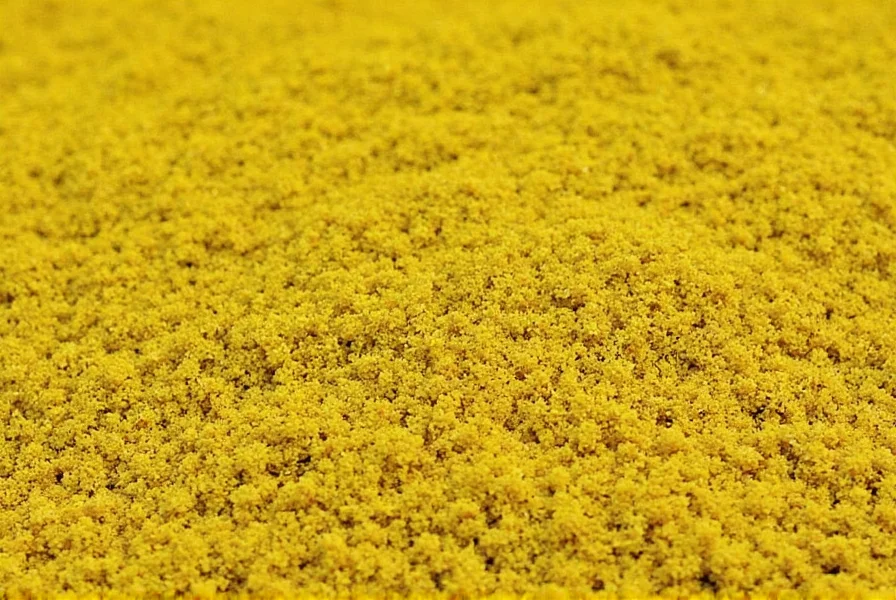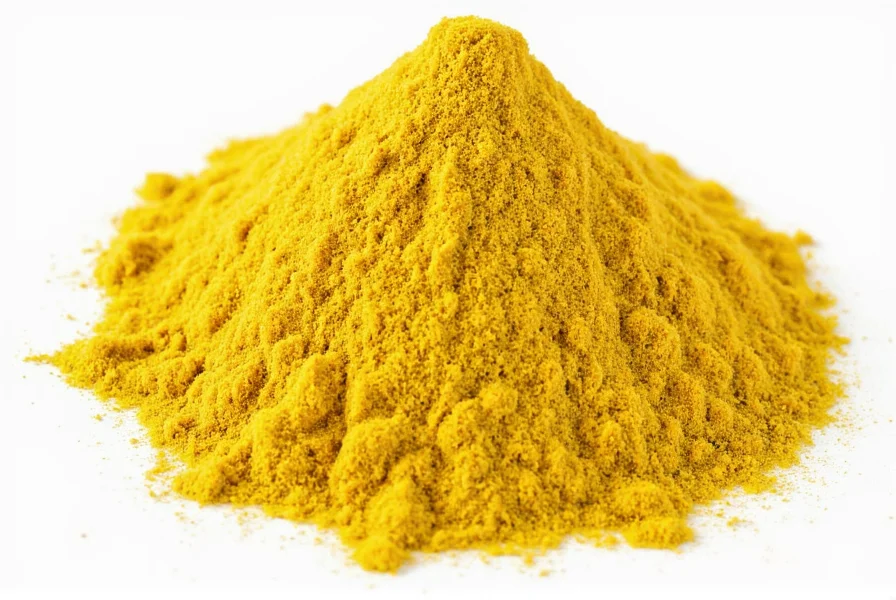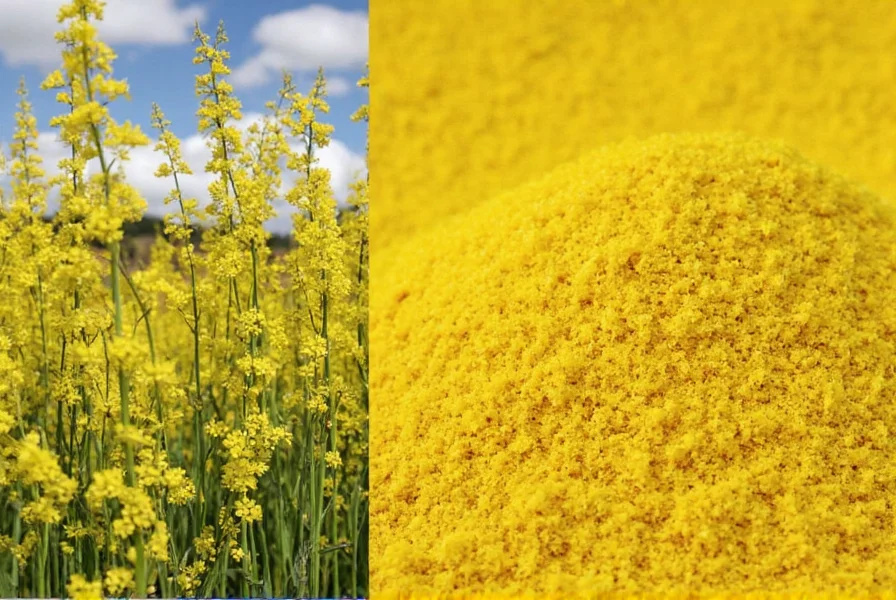For centuries, mustard has been a staple condiment across cultures, valued for its distinctive flavor and versatility. Understanding where mustard comes from reveals a fascinating agricultural and culinary history that spans continents and millennia.
The Mustard Plant Family
Mustard plants belong to the Brassicaceae family, which also includes cabbage, broccoli, and radishes. The three primary species used for commercial mustard production are:
| Mustard Type | Scientific Name | Seed Color | Flavor Profile |
|---|---|---|---|
| Black Mustard | Brassica nigra | Dark brown to black | Strongest, hottest flavor |
| Brown Mustard | Brassica juncea | Brown | Medium heat, complex flavor |
| White/Yellow Mustard | Sinapis alba | Pale yellow | Mild, slightly tangy |
Each variety contains different levels of sinigrin and other glucosinolates, compounds that create mustard's characteristic pungency when mixed with liquid. Black mustard seeds produce the hottest mustard, while yellow mustard seeds create the mildest flavor profile commonly found in American-style hot dog mustard.
Historical Origins of Mustard Cultivation
Archaeological evidence suggests mustard seeds were used as far back as 3000 BCE in the Indian subcontinent. Ancient civilizations in Rome, Greece, and Egypt incorporated mustard into their cuisines and medicinal practices. The Romans were particularly instrumental in spreading mustard cultivation throughout Europe, mixing crushed seeds with----------

The word "mustard" itself derives from the Latin "mustum ardens" (burning must), referring to the practice of mixing ground seeds with unfermented grape juice (must) to create a spicy condiment. By the Middle Ages, mustard production had become a specialized craft in regions like Dijon, France, where strict regulations governed its preparation.
Global Mustard Production Regions
Today, mustard cultivation occurs worldwide, with certain regions specializing in particular varieties:
- Canada - The world's largest producer of yellow mustard seeds, primarily in Saskatchewan
- Nepal and India - Major producers of brown mustard seeds used in traditional curries and condiments
- United Kingdom - Historically significant for English mustard production
- France - Famous for Dijon mustard, though much of the raw material is now imported
- United States - Significant production in the Dakotas and Montana for both domestic use and export
Climate and soil conditions significantly impact mustard seed quality. The plants thrive in temperate climates with well-drained soil and require approximately 80-100 days to mature from planting to harvest. Modern agricultural practices have optimized yield while maintaining the essential compounds that give mustard its distinctive properties.
From Seed to Condiment: The Mustard Making Process
The transformation from mustard seed to finished condiment involves several precise steps that affect the final product's characteristics:
- Harvesting - Mustard plants are harvested when seed pods turn brown but before they split open
- Threshing - Seeds are separated from pods through mechanical processing
- Cleaning - Impurities are removed to ensure seed purity
- Grinding - Seeds are milled to various fineness levels depending on mustard style
- Emulsification - Ground seeds are mixed with liquid (vinegar, water, wine) and other ingredients
- Aging - The mixture rests to develop flavor complexity (2-6 weeks)
The specific liquid used in preparation significantly influences the final product. Vinegar creates a sharper, more stable mustard, while wine produces a more complex flavor profile. The temperature during preparation also matters—hotter liquids deactivate enzymes that create pungency, resulting in milder mustard.

Understanding Mustard Varieties and Their Sources
The source of mustard seeds directly determines the characteristics of different mustard varieties:
- American Yellow Mustard - Made primarily from white/yellow mustard seeds with turmeric for color, vinegar, and spices
- Dijon Mustard - Traditionally made from brown mustard seeds with verjuice (unripe grape juice), though modern versions often use wine
- Spicy Brown Mustard - Uses coarsely ground brown mustard seeds with higher vinegar content
- Whole Grain Mustard - Contains partially ground or whole seeds for texture
- Chinese Hot Mustard - Made from brown mustard seeds with minimal liquid for intense heat
Food scientists have discovered that the enzymatic reaction between myrosinase (an enzyme in mustard seeds) and glucosinolates creates the pungent compounds that characterize mustard's heat. This reaction occurs when seeds are crushed and mixed with liquid, explaining why prepared mustard becomes hotter over time before eventually mellowing.
Modern Applications and Sustainability Considerations
Beyond its role as a condiment, mustard has gained attention for sustainable agricultural practices. Mustard plants serve as effective cover crops that suppress weeds and soil-borne pathogens through biofumigation. When incorporated into soil, mustard plants release compounds that naturally control nematodes and other pests, reducing the need for chemical treatments in crop rotation systems.
As consumer interest in authentic, traceable food sources grows, many artisanal producers now highlight the specific geographical origins of their mustard seeds. This "terroir" approach recognizes how soil composition, climate, and cultivation practices in different regions create distinctive flavor profiles in the finished product.
Where does mustard originally come from?
Mustard seeds originate from plants in the Brassicaceae family, with historical evidence showing cultivation began in the Indian subcontinent around 3000 BCE. The Romans later spread mustard cultivation throughout Europe, where it became an established part of European agriculture by the Middle Ages.
What plant does mustard come from?
Mustard comes from three primary plant species: black mustard (Brassica nigra), brown mustard (Brassica juncea), and white/yellow mustard (Sinapis alba). These plants produce small seeds that, when ground and mixed with liquid, create the pungent condiment we know as mustard.
Which country produces the most mustard?
Canada is currently the world's largest producer of mustard seeds, particularly yellow mustard seeds grown in the province of Saskatchewan. Canada typically accounts for about 40-50% of global mustard seed production, followed by Nepal, India, and Russia.
Why is some mustard hotter than others?
The heat level in mustard depends on the seed variety used and the preparation method. Black mustard seeds contain the highest concentration of sinigrin (the compound responsible for heat), followed by brown seeds, with yellow seeds being mildest. The liquid used and preparation temperature also affect heat—cooler temperatures preserve more heat-producing enzymes.
How long does it take to grow mustard plants?
Mustard plants typically require 80-100 days from planting to harvest. The plants grow relatively quickly, reaching maturity in about three months under optimal conditions of temperate climate and well-drained soil. Harvest occurs when seed pods turn brown but before they split open.











 浙公网安备
33010002000092号
浙公网安备
33010002000092号 浙B2-20120091-4
浙B2-20120091-4